The family structure:
building innovative science at York
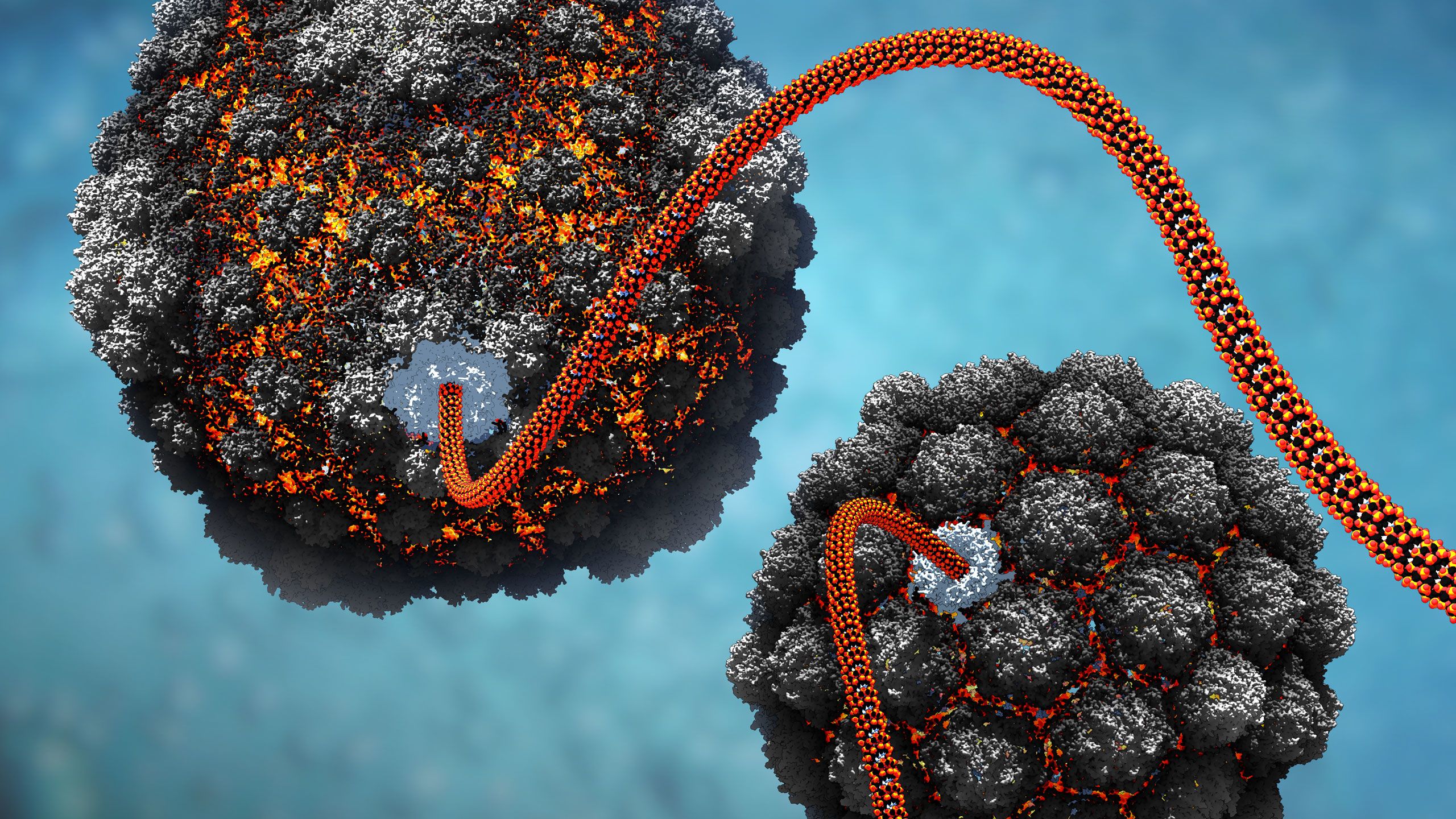
Leaf through the collection of photographs to celebrate the life of inspirational scientist, Guy Dodson, who died in 2012, and what you see is a series of laughter-filled snapshots.
This easy informality looks more like a family album than a portrait of a pioneering protein crystallographer and creator of one of the world’s most successful structural biology laboratories, whose discoveries are driving the development of billion dollar medicines.
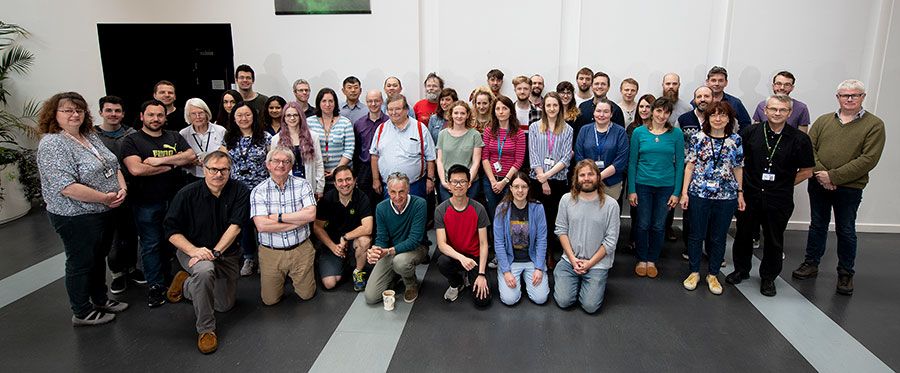
Such an impression comes as no surprise to Professor Tony Wilkinson, who now leads the York Structural Biology Laboratory (YSBL) which Guy and his wife, Eleanor, founded in the late 1970s. What they, along with colleague Rod Hubbard, created was an extended family of researchers and industrial partners that spans the globe: big meet-ups, laughter and good humour, were essential ingredients.
Returning to England from Harvard in the late 1980s to learn more about the rapidly emerging science of protein crystallography, Tony faced a simple choice: Oxford or York? On paper, Oxford had it all. But friends who had studied at York urged him to ‘go see the Dodsons’ before making his mind up. He did, and he has been there ever since.
“As soon as I got to York I could tell there was something special about the environment. There was this really high level of competency in the team – Eleanor’s mathematical skills combined perfectly with Guy’s passion for protein structure and Rod Hubbard’s energy and strategic thinking – but there was no looking down noses at people,” said Tony, who joined the Lab as a post-doc in 1987 before becoming a member of staff two years later.
“Guy and Eleanor believed in people, they had great instincts and created a truly collaborative culture that lasts to this day.”
Proof of this lasting legacy came when YSBL won the coveted Queen’s Anniversary Prize, for ‘revolutionising our understanding of fundamental living processes’ and unlocking insights ‘that directly impact the development of new medicines, and industrial processes to improve sustainability and food security.’
The collaborative culture fostered at YSBL was born out of a research unit within the Department of Chemistry – which continues to be its spiritual home – ensuring that YSBL’s passion for interdisciplinarity was not only way ahead of its time, but also hardwired into the DNA of the new laboratory. This culture extended seamlessly to industry, where fellow founder and molecular graphics pioneer, Rod Hubbard, continues to play a pivotal role in helping translate basic science into real world applications.

Professor Tony Wilkinson
Professor Tony Wilkinson
Among its major discoveries, YSBL counts the design of modified insulins to improve the lives of millions of diabetes sufferers; estrogen receptors for drugs that tackle breast cancer and osteoporosis in women; industrial enzymes for washing powders and paper processing; and green enzymes for net-zero biofuel.
The Lab’s longstanding partnership with healthcare giant Novo Nordisk is a case in point. Its head of Global Research Technologies, Lars Fogh Iversen, is in no doubt of YSBL’s impact on their business and the lives of patients: “Our collaboration has been a continuous source of inspiration for the discovery of insulin-based pharmaceutical products... which have blockbuster status and are used by millions of diabetics around the globe.”
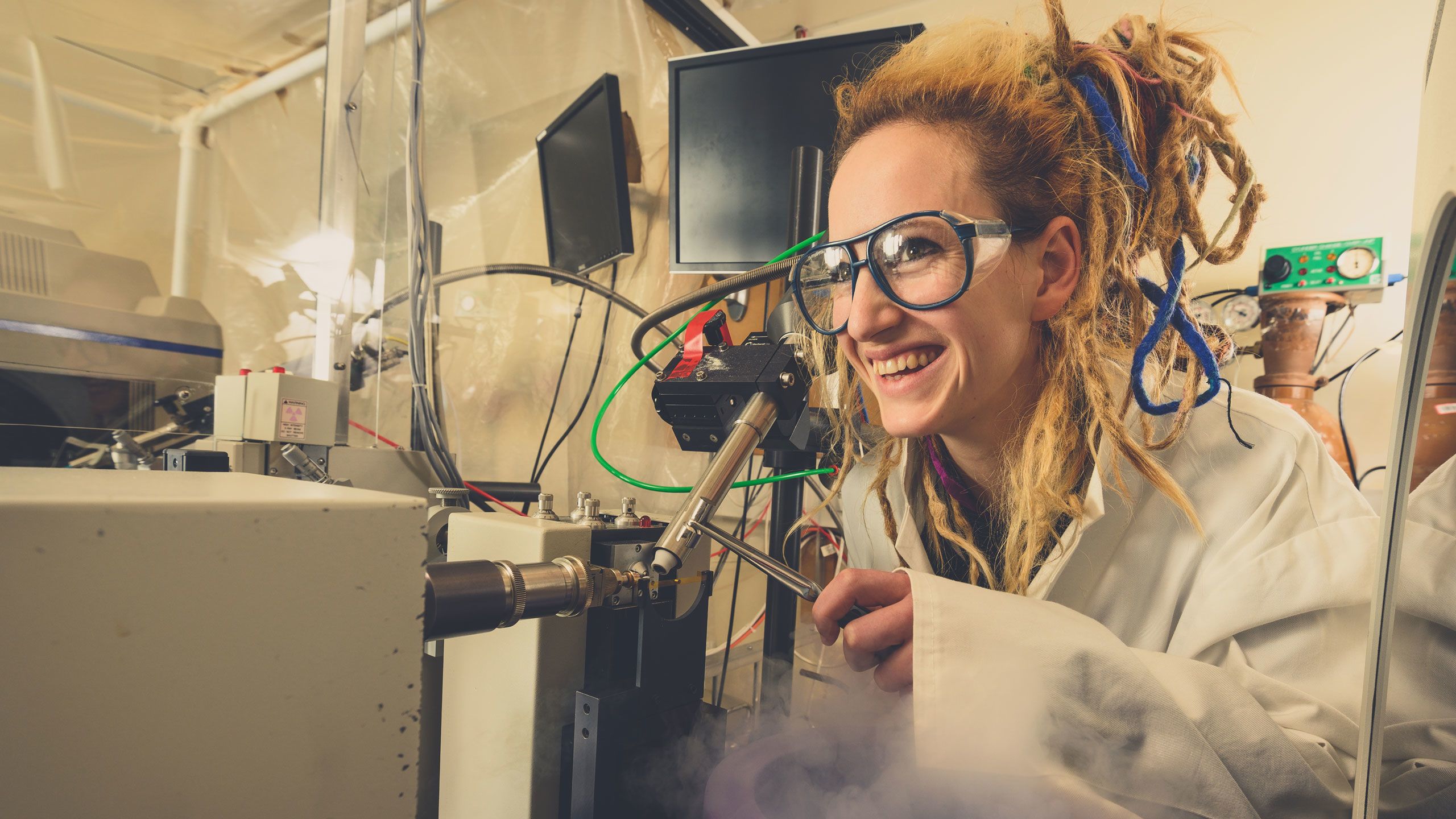
For Tony’s colleagues and their 60-strong team of researchers, encomiums such as this reflect the fact that the Anniversary Prize is a recognition of four decades of groundbreaking research. It is also an acknowledgment of the Lab’s geographical reach.
A map of its discoveries – measured in terms of the number of top papers highly cited by researchers around the globe – traverses every continent. Some 28 of the 1,200 papers have been cited 500 times.
Such discoveries germinate in a research culture that enables good people to realise their potential. Many, whose early careers were nurtured at YSBL have gone on to become leaders in their own fields. One in particular, Gideon Davies, is a world-leading figure in elucidating how enzymes work and how they can be exploited by industry. He remains a potent intellectual force at YSBL and, like its founders, his research spans the disciplines of chemistry and biology and is hugely relevant to developing new treatments for disease.
“The work that the Laboratory has done for the crystallographic community world-wide has been indispensable,” says Chemistry Nobel Laureate and Royal Society President, Venki Ramakrishnan. “The contributions cover a wide-ranging area from data analysis, structure determination and refinement, to model building and visualisation. The software produced by them has played an essential role in our work.”
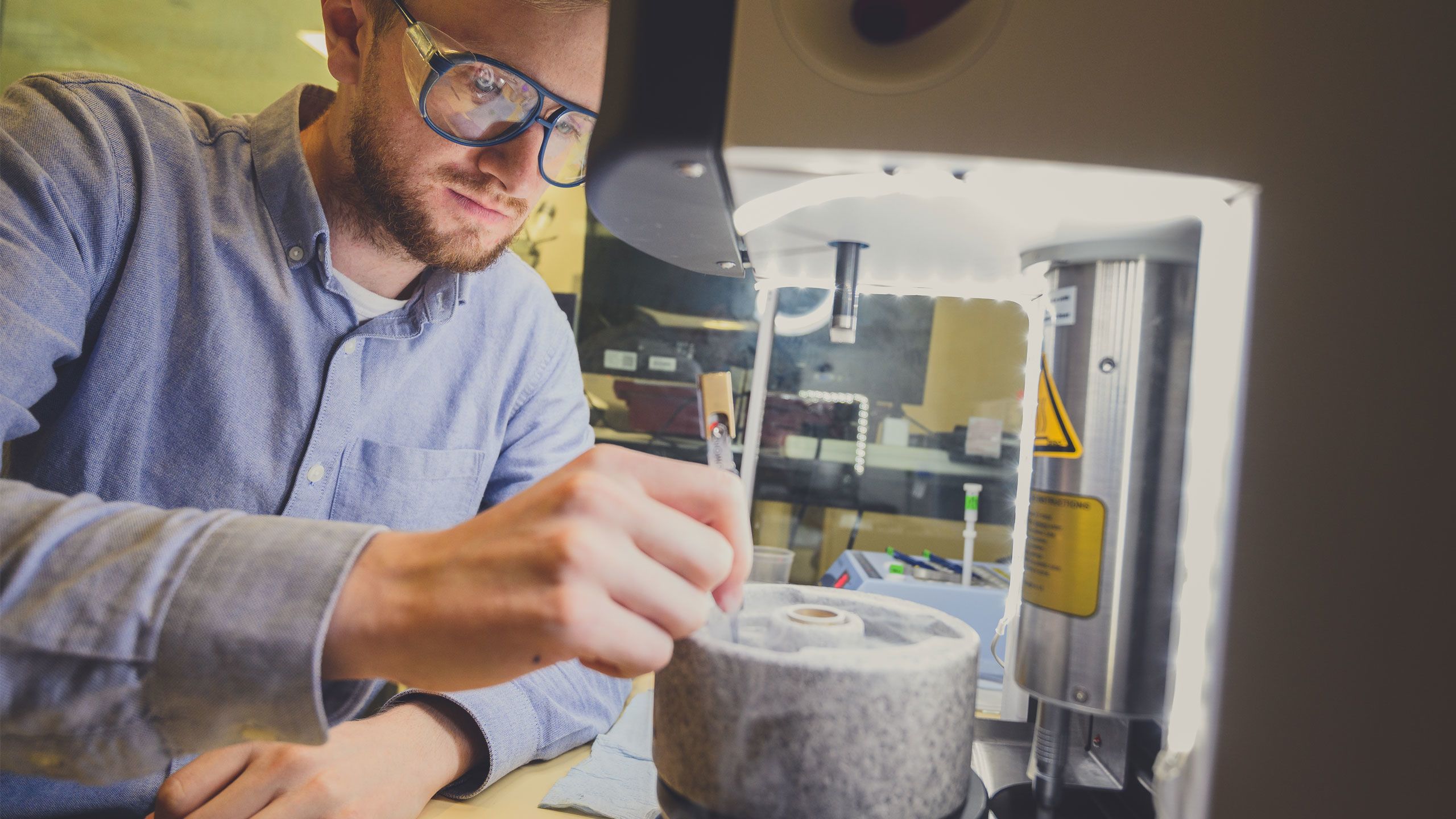
While it is impossible to predict what the next 40 years might hold, one thing is certain: YSBL research will remain a richly interdisciplinary endeavour with recent appointments augmenting activities in glycobiology and the relatively new discipline of chemical biology, which is producing chemical tools to discover more about the inner life of cells.
Having scooped the Queen’s Anniversary Prize, the YSBL team are now looking forward to the opening of the new Eleanor and Guy Dodson Building on Heslington West later in the year. Equipped with a cryo-electron microscope, as well as facilities for protein crystallography and high-field NMR spectroscopy, the new building will be an enduring monument to the Lab’s remarkable founders.
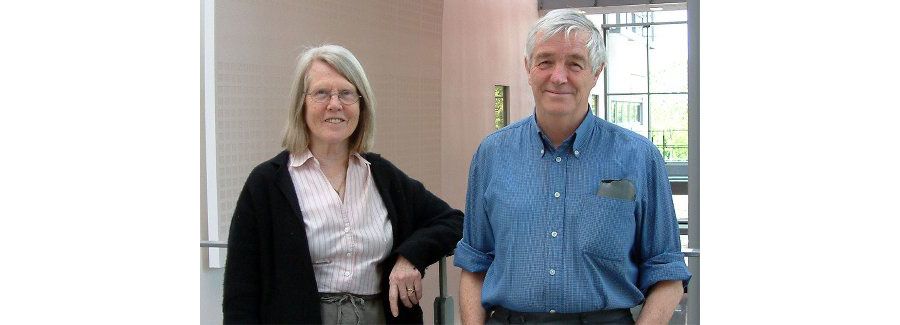
Eleanor and Guy Dodson
Eleanor and Guy Dodson
Related links:

